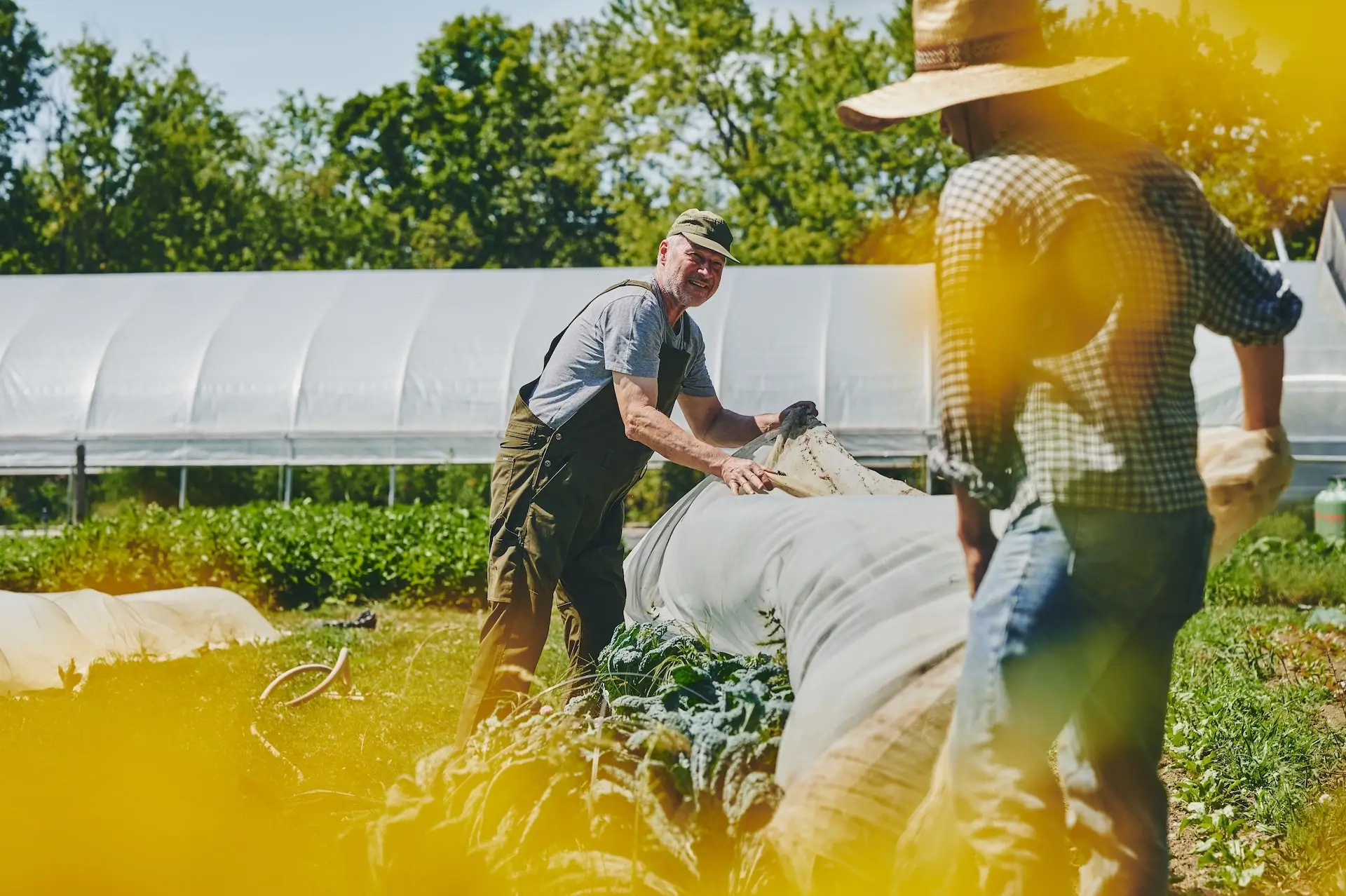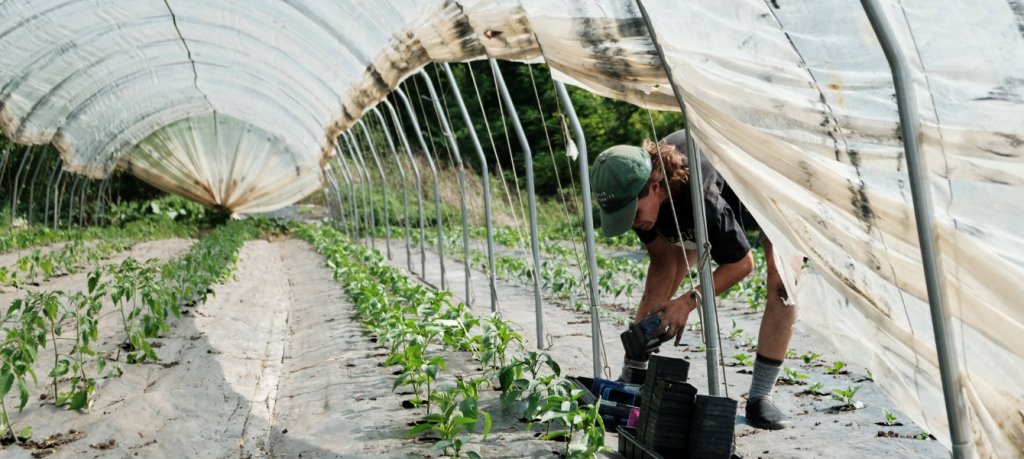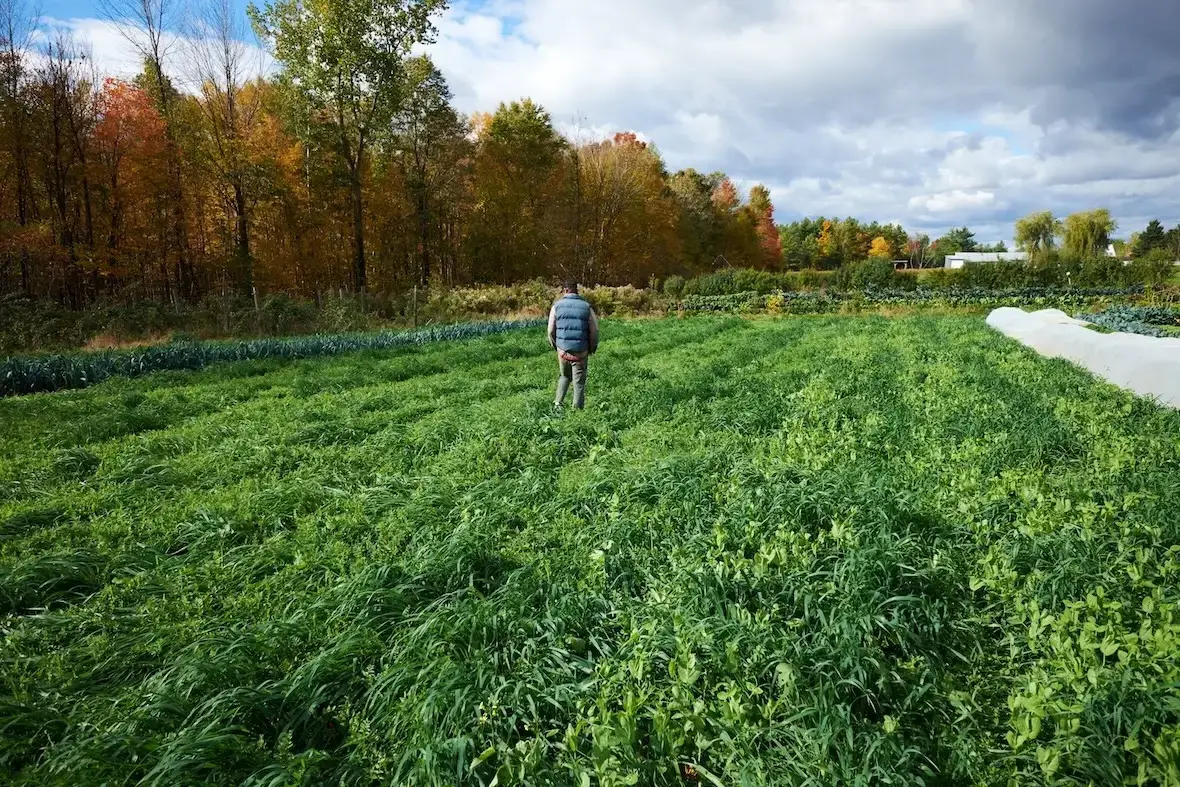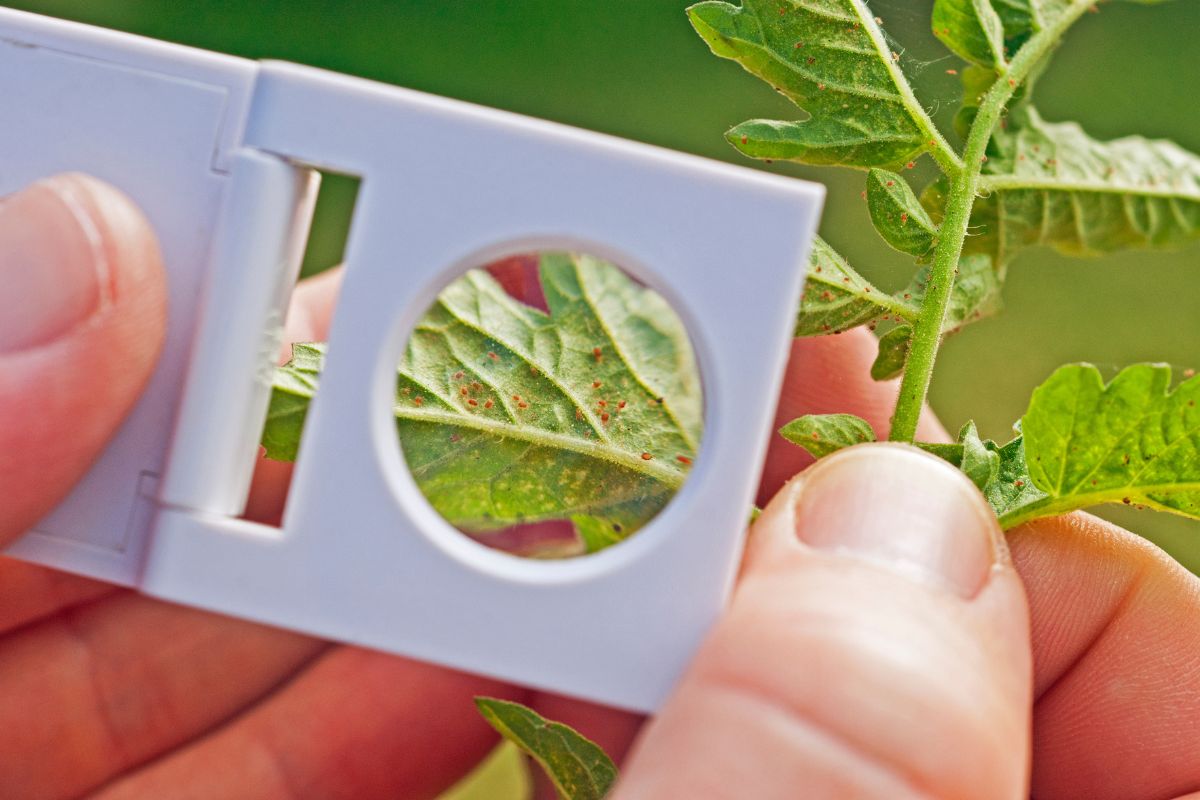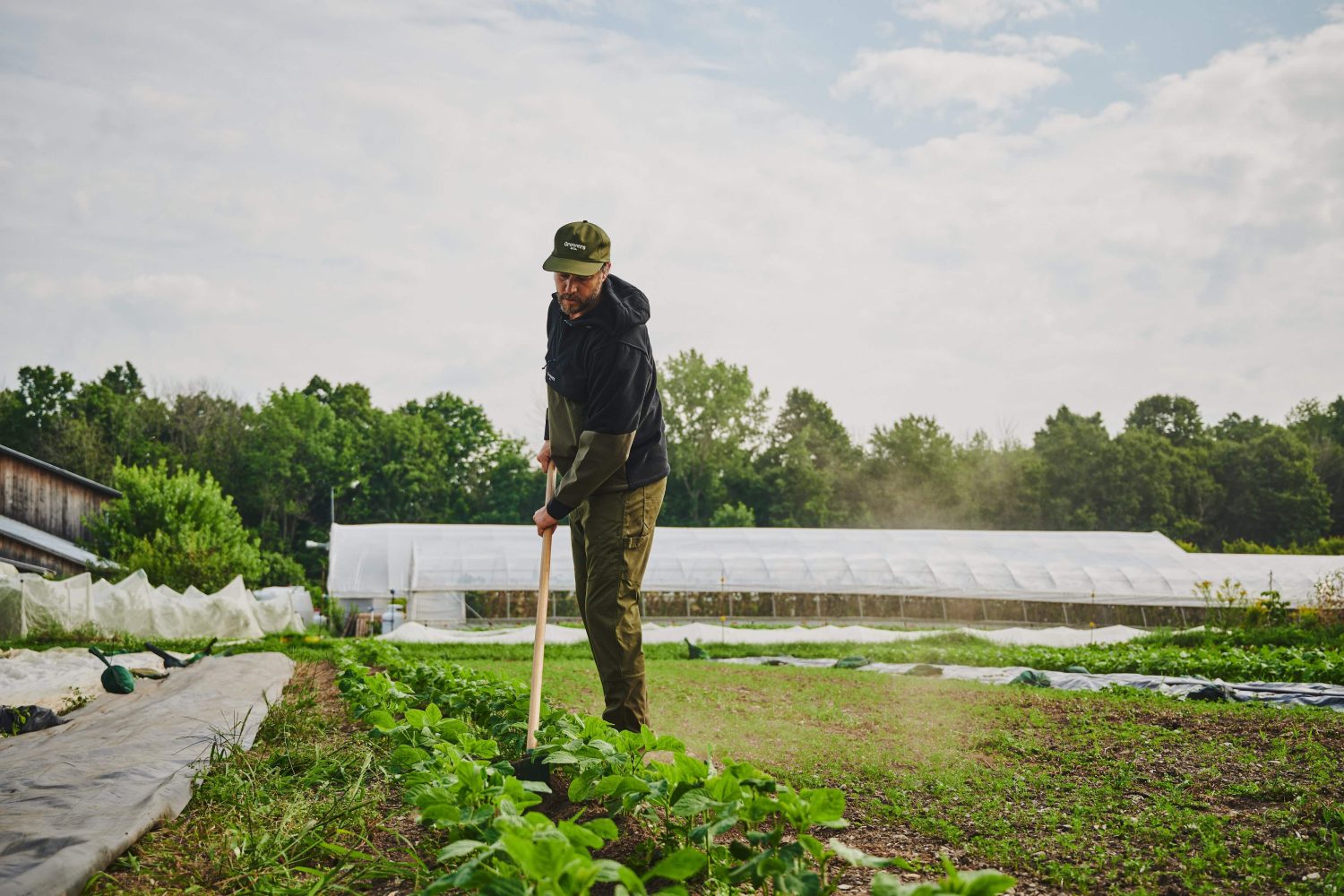Caterpillar tunnel is often used as a season extension tool to promote earlier and later harvests. While it does serve its purpose well, it also has much more to offer!
The Risks of Planting in the Field
If you plant tomatoes, peppers, basil, celery and eggplant directly in the field, the results are often not satisfactory for a commercial farm. Since these summer crops are in the field for long periods of time, they are at greater risk. When planted in the field, these crops are not shielded from weather conditions such as frost, temperature variations, rain and wind. It is startling to see how a hailstorm can destroy crops in a matter of minutes. Wind also causes problems by stressing plants, drying them out, or even damaging them. Lastly, too much rain can cause fungal diseases on the foliage or tomato cracking. It can also asphyxiate the root system by saturating the soil with water.
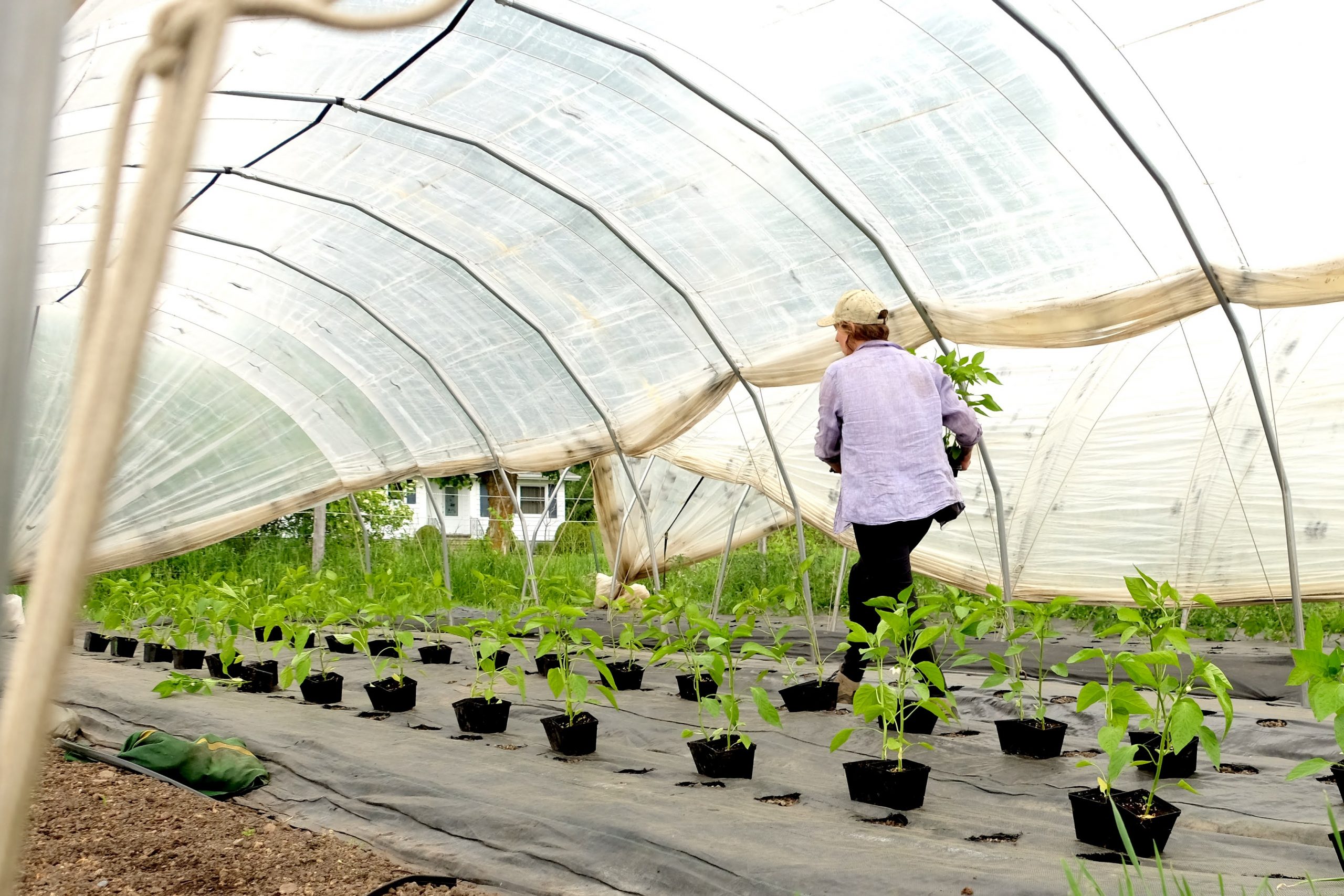
These elements compromise crop resilience to pests, fungal diseases and nutrient deficiencies. These stresses hinder crop growth and ultimately translate into lost revenue, time and energy. Since summer crops spend a lot of time in the field, require a lot of attention, and represent significant sales, you can’t afford to have poor harvests. Caterpillar tunnels thus act as a layer of protection against weather hazards that could jeopardize the crop.
Caterpillar Tunnel Or Heated Greenhouse?
Summer crops generally grow well in a heated greenhouse. It has the potential to drastically increase yields compared to caterpillar tunnels. This is quite normal since the heated greenhouse provides much more accurate climate control. So, why turn to a caterpillar tunnel?
If you are a start-up farm, you probably don’t have enough heated space to grow all those vegetables in sufficient quantities. Maybe you don’t have enough money to buy a heated greenhouse, or perhaps you live in a country where organic certification prohibits the use of heated greenhouses. Caterpillar tunnels are very attractive because their cost per area covered is low, making them an affordable alternative. The sheltered crops will be healthier and will produce more abundant harvests than if they had no protection.
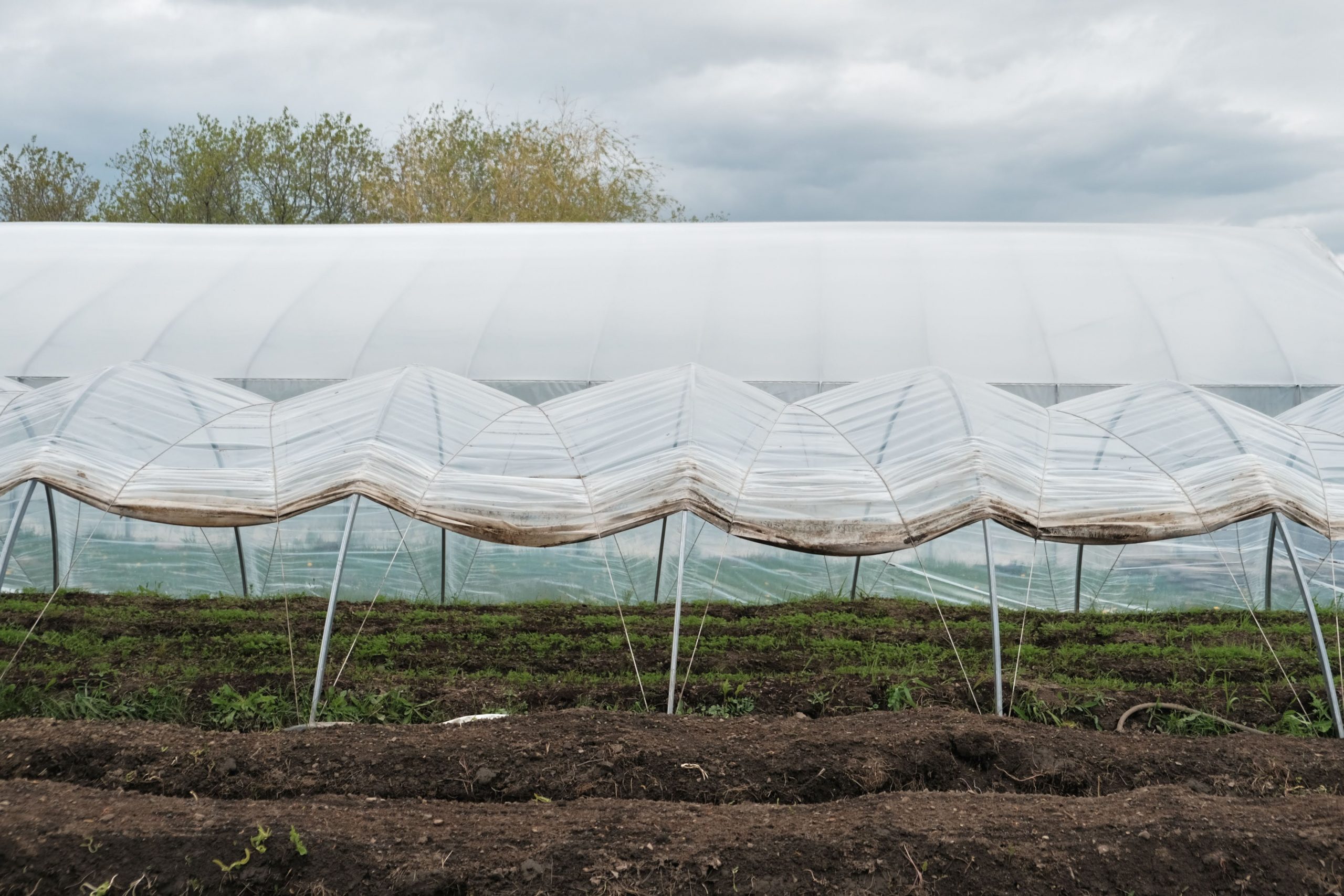
Other Strategies to Accelerate Return on Investment
The return on investment from a caterpillar tunnel is fairly quick, but here are some other ways to get maximum value:
- Plant fast-growing crops before and after the summer crop to maximize the revenue produced by each sheltered bed. Dill, bok choy, greens and radishes are good candidates.
- Take advantage of the mobility of the tunnels to shelter crops at different stages of growth or to adapt their positioning to the evolution of your farm. It only takes a few hours for 4 people to move a tunnel over other beds in production.
- Irrigate with more precision since the rain does not reach the inside of the tunnel. Use drip irrigation to avoid wetting the crop foliage.
- Use the tunnel as a harden off area for your transplants. This is to get them used to outdoor conditions so that transplanting them to the field will cause them less stress.
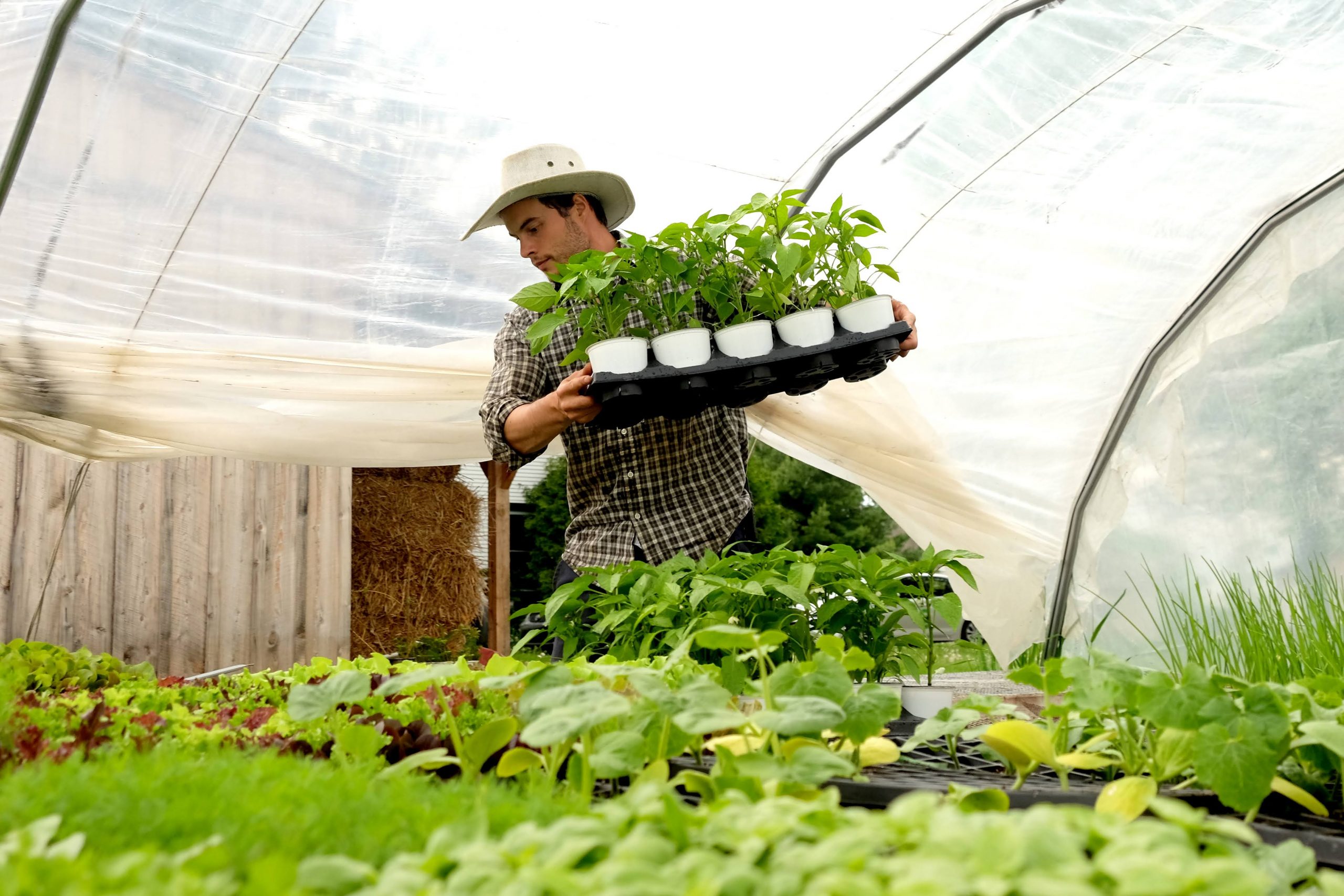
All in all, the caterpillar tunnel is a versatile structure that offers a lot of value for its purchase price, making it worth considering for your next season. Mitigate the risks by protecting your crops, even in the summer!


